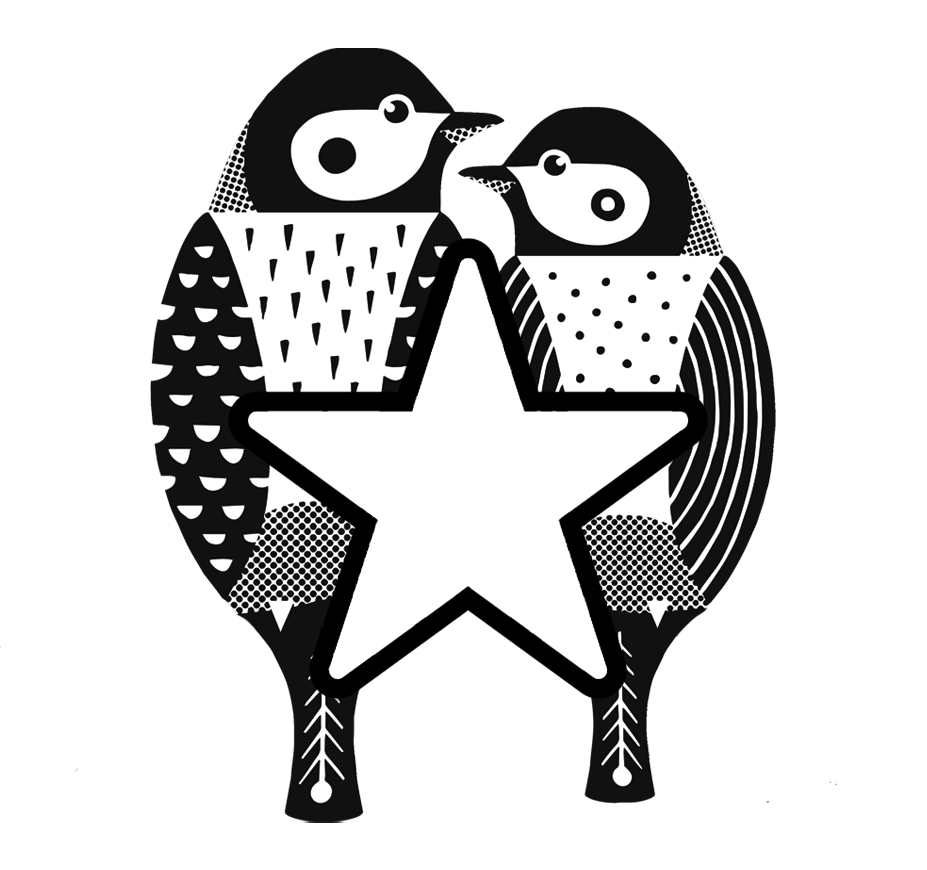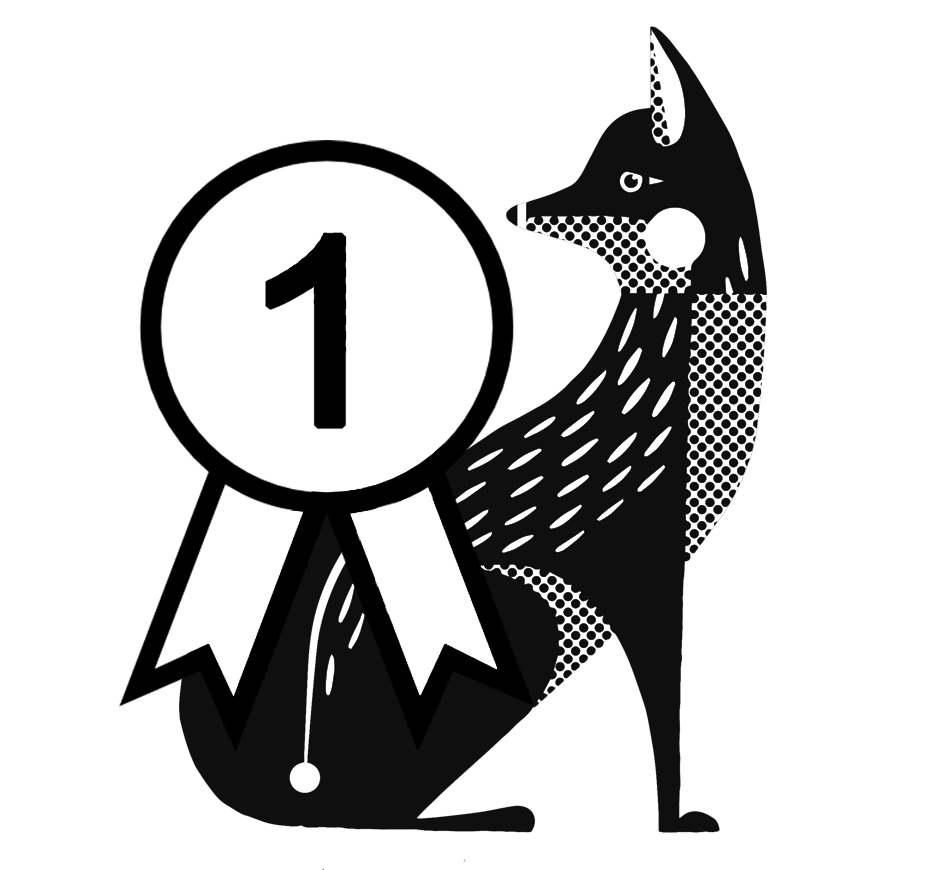Bird watching is one of the oldest hobbies in the world, and it is not spoken about enough! As we all begin to appreciate nature that bit more, perhaps you have started to think about making more of a conscious effort to understand the flying friends all around us?
If we’ve read you to a T right there, then this is the guide for you. Keep reading as we explain what bird watching is, why you’ll love it and how to get started!

What is bird watching?
Bird watching is a hobby where nature enthusiasts observe and identify birds in their natural habitats. It involves using binoculars, and sometimes wildlife cameras, to get a closer look at birds and their behaviours. Bird watchers often keep track of the species they've seen, either for personal enjoyment or as part of a personal, scientific study.
Why start bird watching?
Bird watching has many, varied benefits that encourage people of all ages and demographics to take part. These benefits include:
- Connection with nature - Bird watching allows you to experience and appreciate the natural world around you
- Stress relief - Bird watching can promote relaxation and help reduce stress levels
- Physical activity - Bird watching often involves walking or hiking, providing exercise
- Mental stimulation - Identifying birds and learning about their behaviours, whilst bird watching, helps keep the mind active
- Social interaction - Bird watching can be done alone or, better yet, with others as part of a wider community
- Conservation awareness - Bird watching helps raise awareness about environmental issues and conservation efforts in your local area
- Education - Bird watching provides opportunities to learn about ecology, habitats, and biodiversity
- Photography - Bird watching can offer chances to capture beautiful images of birds and their habitats
- Seasonal observation - Bird watching helps track bird migrations and seasonal changes in wildlife.
How to start bird watching for beginners
Now we’ve convinced you on how great bird watching is, it’s time to jump straight in. But where do you start?
1. Get the essential gear for bird watching
Bird watching can be done in different ways, from using binoculars to cameras. Whilst some people prefer to be out in nature, others may like to bird watch from the comfort of their homes using bird box cameras or bird feeder cameras in their wildlife friendly gardens instead.
Whichever way you’d like to bird watch, make sure you have this essential gear at the ready:
- A field guide (book or app) to help you identify birds
- A notebook and pen, for noting down the birds you see
- Binoculars and comfortable, camouflaged, weather-appropriate clothing (if you’re out and about)
- A screen and a comfy chair, to go with your camera stream (if you’re using a bird watching camera)
2. Learn bird identification

Using your field guide, you can learn to recognise different birds by their size, shape, colour patterns and behaviours - however this takes time. Keep up the studying and watching, but if you’re struggling to identify birds in real time, why not try to take a picture of them to identify later? If you’re bird watching at home, you may find a park and garden bird poster handy.
You can also learn to identify birds by learning their unique songs and calls. These sounds, to the naked ear, may all appear alike, but with a little studying, you’ll soon be able to tell a starling from a swift in no time. There are many resources available to help you learn bird songs on the web, or you can order CDs to play at home.
3. Know when to bird watch
Unfortunately, the birds don’t come out whenever you want to watch them. Different species will be more visible at different times of year and prefer to come out in different weather conditions - wet weather will often keep them in their nests.
On a whole though, the best time we recommend heading out to bird watch is early morning, when it is quiet and cooler. During the spring and summer, you’ll most likely see more birds, as many species migrate to warmer climates during autumn and winter.
4. Find bird watching locations

Finding a bird watching location is much easier that you may think, as you can do so in your own back garden - enticed with bird feeders, bird baths and certain foliage! Here is where you’re most likely to find the most common birds in the UK.
But if you’re on the hunt for a certain species, we suggest researching bird watching hotspots through online resources and local bird watching groups. Nearby parks and nature reserves are great for beginners, and you may even find a few like minded folk already there.
5. Join the bird watching community
Bird watching really is a community. You’d be surprised how many local groups and clubs are right on your doorstep, never mind the amount you can find online! The British Trust for Ornithology has a fantastic list of bird clubs across the UK.
These groups come together to share the birds they’ve seen, offer advice and even organise trips to bird watching hotspots. We really recommend any beginner bird watcher get themselves involved in the community spirit - even if you bird watch from home.
6. Practise ethical bird watching
Whilst bird watching is a hobby, it’s important to recognize that these are animals that we’re observing in their natural habitats. When bird watching, it’s paramount that we’re respecting the wildlife, by staying back and away from nests, and leaving no trace behind that we were there.
Another part of ethical bird watching is reporting rare bird findings. Whilst you may feel inclined to reach out to your new bird watching community if you’ve had a one-of-a-kind spot, you should first reach out to local wildlife trusts, such as the Rare Bird Breeding Channel and the Royal Society of Protecting Birds (RSPB).
Frequently asked questions about bird watching
Is bird watching easy?
Yes - bird watching is incredibly easy. It starts with a pair of eyes and a passion for seeing our flying friends. Read this guide on how you can get started with bird watching!
What is the birdwatcher’s code?
The birdwatcher’s code is a great resource by British Trust for Ornithology, that outlines how to responsibly bird watch. We recommend following this code to better respect birds and wildlife when bird watching.
H3: How do I join Birdwatch?
The Big Garden Birdwatch is the world’s largest garden wildlife survey, run by the RSPB. Anyone can take part, by signing up on the RSPB website during the early months of the year.
What time of day is best for bird watching?
The best time of day for bird watching is usually early in the morning, from dawn until about 10 am. During this time, birds are most active in searching for food and singing, making them easier to spot and identify. Late afternoon to early evening, just before dusk, is also a good time as birds become active again before settling down for the night.
How popular is bird watching in the UK?
Bird watching is incredibly popular in the UK. Did you know that over 61,000 people in the UK took part in the Big Garden Birdwatch in 2024? Whilst many more people take part in this event every year, a great number of them are avid bird watchers all year round!
Ready to jump straight in? Explore our wide range of bird accessories and bird watching essentials to find everything you need. For more bird watching advice, including how to get songbirds into your garden, check out our blog or get in touch with our helpful team for expert advice.


























